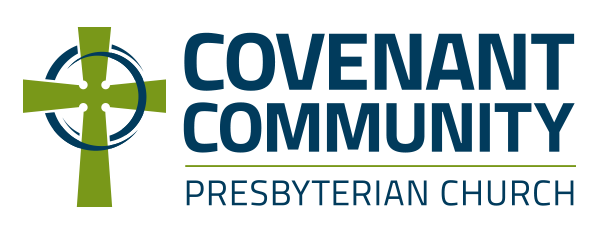The Big Picture:
Yom Kippur, or the Day of Atonement, is the most sacred day of the Hebrew year. We find a partial description of Yom Kippur in Leviticus 23:26-28.
Leviticus 23:26-28
"The LORD spoke to Moses, saying: Now, the tenth day of this seventh month is the day of atonement; it shall be a holy convocation for you: you shall deny yourselves and present the LORD's offering by fire; and you shall do no work during that entire day; for it is a day of atonement, to make atonement on your behalf before the LORD your God."
The temple in Jerusalem was built with two central rooms: the Holy Place and the Most Holy Place. Inside the Most Holy Place was one object only - the Ark of the Covenant. Only one person was ever allowed to enter the Most Holy Place - the high priest - and even he only entered the Most Holy Place once a year, on Yom Kippur, to make atonement for the sins of the people. The high priest took the blood of a bull and a goat and sprinkled it on and before the mercy seat (the lid of the Ark). Then he went outside and laid hands on a live goat (the scapegoat) and confessed over it all the sins of the people of Israel. The scapegoat was then taken into the wilderness and set free, symbolically bearing away the sins of the people. You can read more about Yom Kippur in Leviticus 16.
While we will celebrate Yom Kippur this coming Sunday, September 20, the actual date for Yom Kippur this year is Tuesday, September 22.
Dust of the Rabbi:
Getting Into the Rhythm of Jesus
Yom Kippur is an annual reminder of the very bedrock of our faith. Sin causes separation from God, and must lead to death. BUT, a substitute can be found for the forgiveness of sins, to die on our behalf and to carry our sins away from us. In the Old Testament, and in Jesus' day, the sacrifice of goats on Yom Kippur was the visible reminder of this truth. It was also a reminder of the insufficiency of the sacrifice: for it needed to be repeated every year (in addition to many other sacrifices for sin offered daily at the Temple). But now, as the Book of Hebrews tells us, we have one sacrifice, Jesus the Lamb of God, who is sufficient for all time.
Atonement means at-one-ment with God. We cannot be reconciled, or reunited, to God through our own efforts - our sin separates us from the Author of Life. But we can receive at-one-ment with God through the atoning sacrifice of Jesus Christ. What is the status of your relationship with God today? Let this Sunday be an opportunity to repent and receive atonement for your sins through the blood of Christ, offered on our behalf before the very throne of God.
Extras:
At the moment of Jesus' death, the curtain that separated the Most Holy Place from the Holy Place was supernaturally torn into two parts (see Matthew 27:51, Mark 15:38, Luke 23:45). The atonement offered by Jesus was not only sufficient in that it required no repetition; it was also sufficient to completely remove the separation between ourselves and God. Before the death of Jesus, only one person was permitted to enter into the presence of God and that only once a year; today, all who call upon Jesus Christ as their Lord and Savior are invited before the throne of God Almighty.
The Ark of the Covenant, located within the Most Holy Place, upon and before which the blood of the bull and goat was to be sprinkled during Yom Kippur, was lost after the Second Babylonian Exile in 586 B.C. At that time, the Temple was looted and destroyed by the Babylonians, in fulfillment of God's promised judgment on the nation of Judah. The Temple was rebuilt after the return from the exile, but the original Ark, which contained the tablets of the Ten Commandments, was not recovered. The Temple in Jesus' day was therefore missing the object it was designed to protect and honor.





